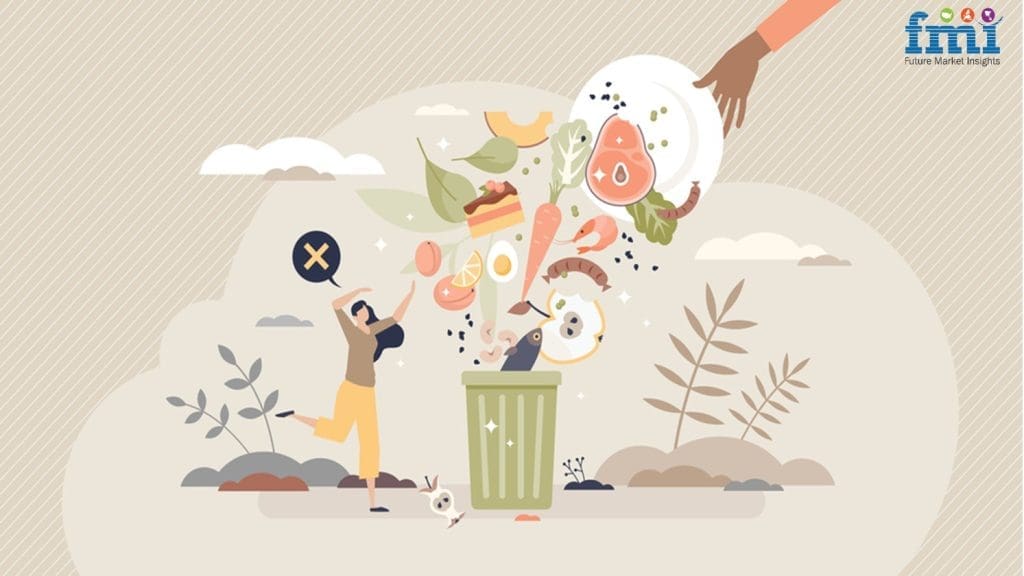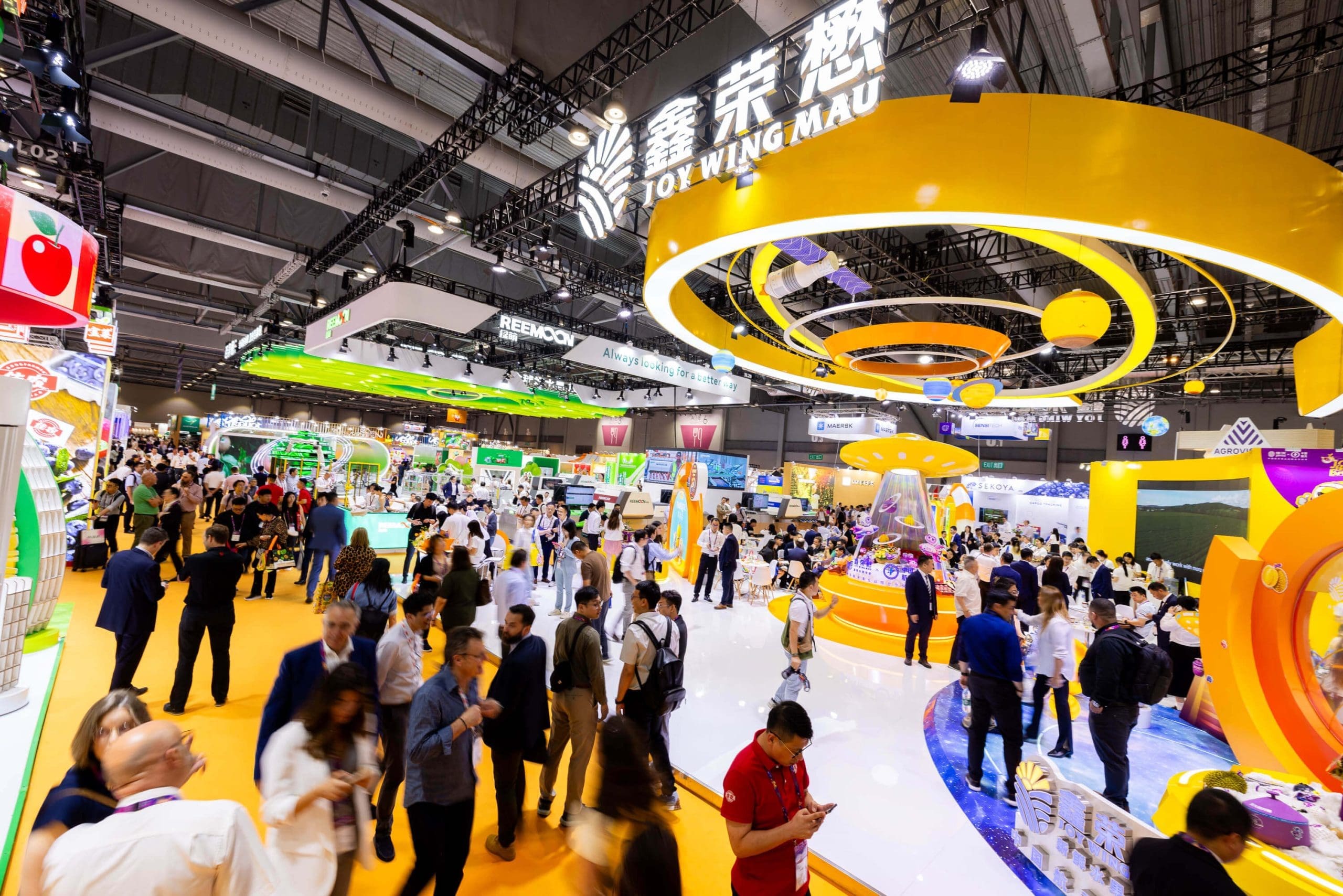
Food processing, as an industry, is not new to mankind as it prevailed in our societies when we couldn’t even read and write. The world wars in the European region proved to be a watershed moment for food processing industries as the military generated a humongous demand for processed food items that were not only long-lasting but easy to consume and nutrition-filled. Since then, a lot of emphasis has been given to preserving food items to make them more accessible, convenient, and nutritious for consumers.
The Zeros and Ones of Shelf Life
The food and beverage industry has come a long way in adopting methodologies and preservatives to keep the delicacies fresh, safe, and palatable for a longer period of time. Scientific breakthroughs and hefty investments by private as well as public companies have led to the advent of various technologies which are now being adopted across industries to make sure that consumers get the worth of their money.
At its core, shelf life is determined by a multitude of factors that contribute to food spoilage and deterioration. These factors include microbial growth, enzymatic activity, oxidation, moisture loss, and physical damage and industries are leveraging centuries-long research and development to combat these factors and extend the shelf life of food products.

But What Exactly Does Food Processing Do To The Shelf Life Of Our Favorite Foods And Beverages?
Heating: The Most Primal Way of Preserving Your Favorite Foods
The application of fire in cooking was one of the most crucial discoveries that have entirely revolutionized how humans satisfy their cravings. Modern industries, too, have been using heat treatment, in the form of pasteurization and sterilization, to preserve food items at a large scale. For instance, pasteurized milk packets, since the last century, have flooded the marketplace as they offer consumers a safe and longer-lasting option compared to raw milk.
In the case of sterilization too, food items are exposed to higher temperatures to achieve complete microbial destruction. These techniques are mainly used in the production of canned goods, where the contents are sealed in airtight containers. Canned goods have found their way into every household, thanks to the busy lifestyles and on-the-go consumption habits of urban dwellers. And they owe their long shelf life and safety to the meticulous process of sterilization.
Freezing: The Natural Pause Button
Storing food items in temperatures below freezing point is another very effective and affordable way of preserving food items. This method can not only halt microbial activity but also preserve the quality and freshness of foods for an extended period. The frozen food industry is an ever-growing one and its growth is attributed to, the busy and fast-paced lifestyles of modern consumers, advancements in food processing and freezing technologies, and increasing focus on health and wellness.
The US$ 365 billion frozen food industry, as of 2024, is expected to grow at a CAGR of 5.70% through 2034, Future Market Insights predicts.
Dehydration: Water Out, Extended Shelf Life In
Dehydration or drying, is also a method picked up by the modern sophisticated food and beverage industries from our ancient past. This method too, like the ones mentioned above, inhibits microbial growth and enzymatic activity. The most cost-effective amongst these, using dehydration manufacturers can effectively extend the shelf life of vegetables without the need for refrigeration, the market for which was a staggering US$ 75.6 billion in 2024.
But, what are some of the Recent Trends and Advancements in Food Processing?
While food processing methodologies on an industrial level have transformed significantly, manufacturers need to strike a harmonious balance between extending shelf life and preserving the freshness and nutritional integrity of food products. Consumers in today’s day and age prefer natural and clean-labeled consumables, and industry players are actively seeking innovative processing techniques that not only minimize the impact on sensory and nutritional qualities but also ensure food safety and extended shelf life.
- The introduction of “active and intelligent packaging” is one such solution. By using this, manufacturers and consumers can get real-time info and control the food’s environment. This helps optimize both shelf life and freshness in perfect harmony.
- The integration of emerging technologies, such as nanotechnology, biosensors, and advanced data analytics, will play a pivotal role in shaping the future of food processing and shelf life management.
- The growing emphasis on sustainability and environmental responsibility will drive the development of eco-friendly processing techniques that minimize waste and reduce the carbon footprint associated with food production and distribution.
For instance, in January 2024, ProAmpac and Aptar CSP Technologies unveiled ProActive Intelligence Moisture Protect (MP-1000), revolutionizing moisture control in packaging. The patent-pending technology, utilizing Aptar’s 3-Phase Activ-Polymer™ platform, eliminates the need for desiccant packets, benefiting industries like point-of-care diagnostics and hygroscopic food products.
The Future of Food Processing? Everything we must know!
The food processing industry is an ever-evolving one and manufacturers in the field are pouring billions of dollars into curating mechanisms that are not only effective but also affordable and organic.
- The general populace is increasingly preferring organically sourced, manufactured, and preserved packaged food items. Key players in the industry must adapt to these changing consumer behaviors to never lose their grip on their beloved customers.
- Vegan and vegetarian preserving methods are also likely to shape the future of the food processing industry. With the growing vegan population in developing economies, the food processing industry must be ready for a major transformation.
- Sensors, RFID tags, and batch information are made much easier and interactive so that consumers can access detailed information about the food products they consume.
Conclusion:
Food preservation is the harmony between tradition and innovation, a perfect dance of flavors that not only transcends time but also preserves centuries-long traditions and cultures. As we move forward, let us remember that the true essence of freshness lies in this delicate balance between tradition and innovation, where each step forward honors the wisdom of the past while paving the way for a brighter, more sustainable future.
ABOUT THE AUTHOR
Nandini has 7+ years of management consulting experience. She advises industry leaders and explores off-the-eye opportunities and challenges. She puts processes and operating models in place to support their business objectives. She has exceptional analytical skills and often brings thought leadership to the table.
Nandini has vast functional expertise in key niches, including but not limited to food ingredients, nutrition & health solutions, animal nutrition, and marine nutrients. She is also well-versed in the pharmaceuticals, biotechnology, retail, and chemical sectors, where she advises market participants to develop methodologies and strategies that deliver results.
Her core expertise lies in corporate growth strategy, sales and marketing effectiveness, acquisitions and post-merger integration and cost reduction. Nandini has an MBA in Finance from MIT School of Business. She also holds a Bachelor’s Degree in Electrical Engineering from Nagpur University, India. Nandini has authored several publications, and quoted in journals including Beverage Industry, Bloomberg, and Wine Industry Advisor.




